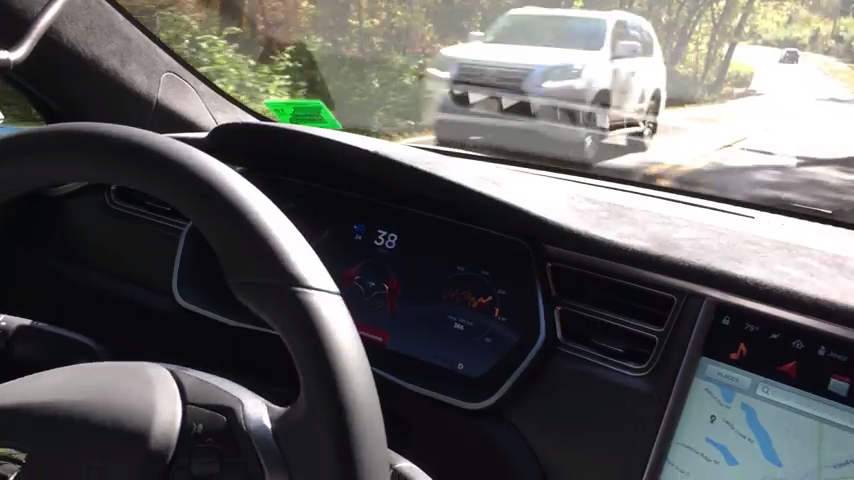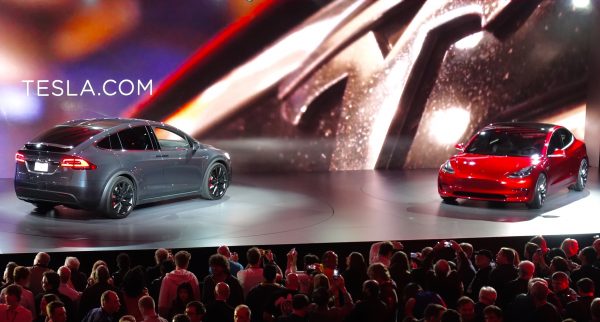The first experimental Hyperloop track in Europe is being laid down in Toulouse, France. Measuring just a little over 1,000 feet (320 meters) long, it will serve as a testing ground for passenger and shipping pods that can keep pace with airliners. The test facility is expected to be up and running before the end of 2018, reported The Daily Mail.
Hyperloop is the brainchild of Elon Musk. It fits passengers or valuable cargo inside tiny pods and uses powerful electromagnets to hurl those containers through nearly-airless tubes at speeds of 670 mph (1,000kph). That is about as fast as the typical Boeing jet airliner.
The Toulouse facility is owned by Hyperloop Transportation Technologies (HTT), a company based in Culver City, California. They have sent the low-pressure tubes needed by their French research team to lay down the track.
HTT also announced that it will build a second track by 2019. This new facility will be a full-scale system that measures 0.6 miles (one kilometer) in length. The low-pressure tubes will be supported by sturdy pylons. While the company has inked agreements with India, Ohio, and South Korea, they have not yet mentioned a European deal. (Related: HyperLoop SuperSonic Underground Transport: NY to DC in 29 Minutes. Secret Government Technology to be Deployed to the Public?)
HTT plans to debut its Hyperloop test facility and prototype passenger pod in 2018
HTT and its rival Virgin Hyperloop One have the best shot at building the first Hyperloop in the world. The former set up its test facility at Francazal Airport, an abandoned French military base in Toulouse. The facility has begun laying down experimental tubes that are 13 feet (four meters) in diameter. Once the track has been set up, it can begin testing passenger capsules and cargo pods.
The prototype passenger capsule is being built at Carbures, Spain. The completed unit is expected to arrive at the Toulouse test center during the summer of 2018, where it will be assembled and integrated into the test track.
HTT has scheduled the public debut of the facility and prototype track later in 2018. Bibop Gresta, the chairman of the company, claims that Hyperloop has moved from a paper design to a full-fledged commercial industry. Aside from the Toulouse facility, Gresta says his company has a Brazil-based research facility and agreements with nine countries.
Terrain, population, will delay Hyperloop deployment in U.K. for decades
Rival company Virgin Hyperloop is working on its own equivalent. The British start-up asserted that it will have its own track running by 2021. Virgin’s system promises to cut travel time between London and Edinburgh, Scotland down to 50 minutes.
The U.K.’s Department for Transport (DfT) doubts Virgin can meet its deadline. Its officials predict that terrain, dense population, and heavy use of land could slow down the deployment of Hyperloop for decades.
In November 2017, the department released a study titled, “Science Advisory Council Position Statement, Hyperloop, Moving Britain Ahead.” The DfT paper takes a good, hard look at the possibility of building a track in Britain. It also considers the roles that the system will play in the country’s future transportation network.
The study believes the Hyperloop could let people live anywhere in the U.K. and travel large distances in short amounts of time. However, the department did not believe in Virgin Hyperloop One’s optimistic timeline of four years.
The Department for Transport points out the problem of finding a good route above ground in a country that uses the land intensively. A British Hyperloop could end up never seeing the light of day – because it would need to be built underground.
Find out what the mind behind Hyperloop is doing right now at ElonMuskWatch.com.
Sources include:
DailyMail.co.uk
Assets.Publishing.Service.gov.uk[PDF]
















